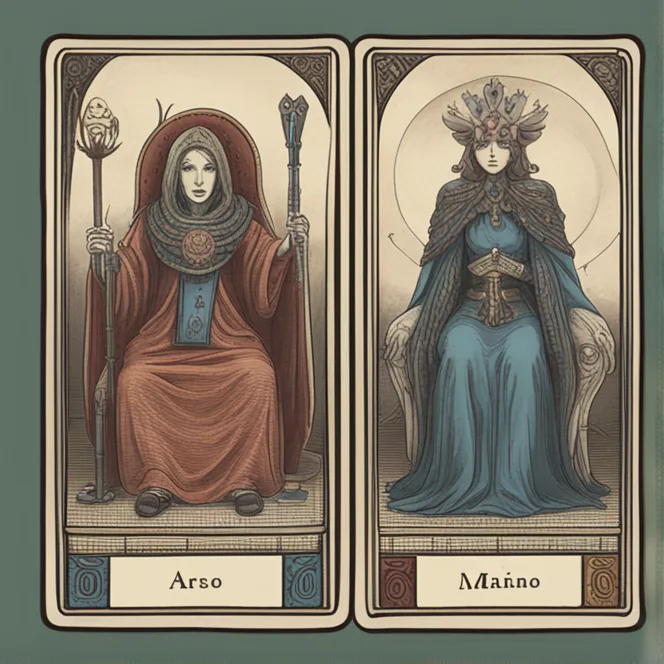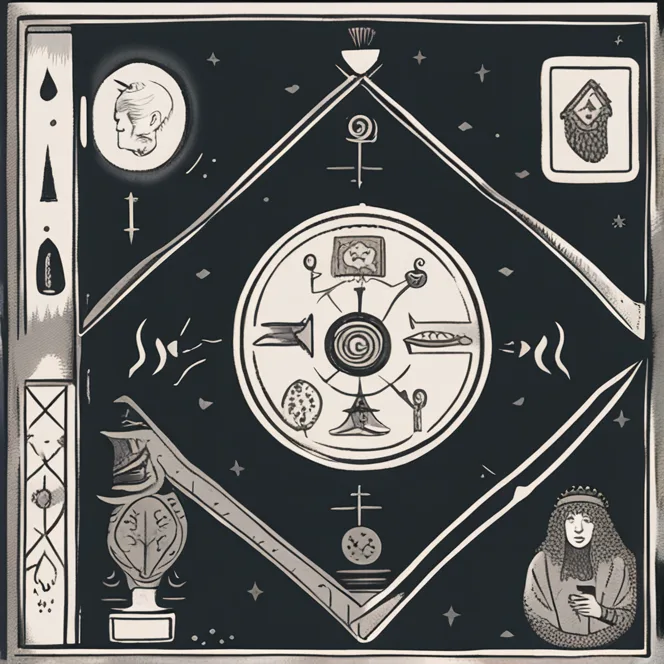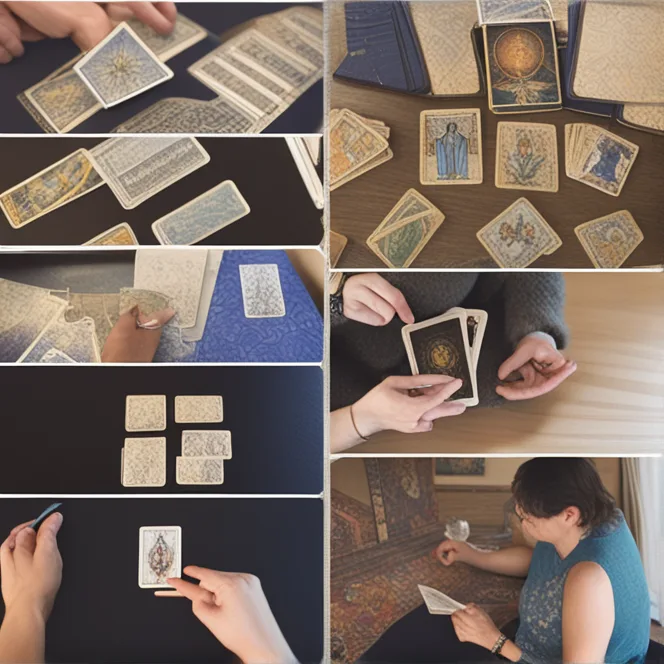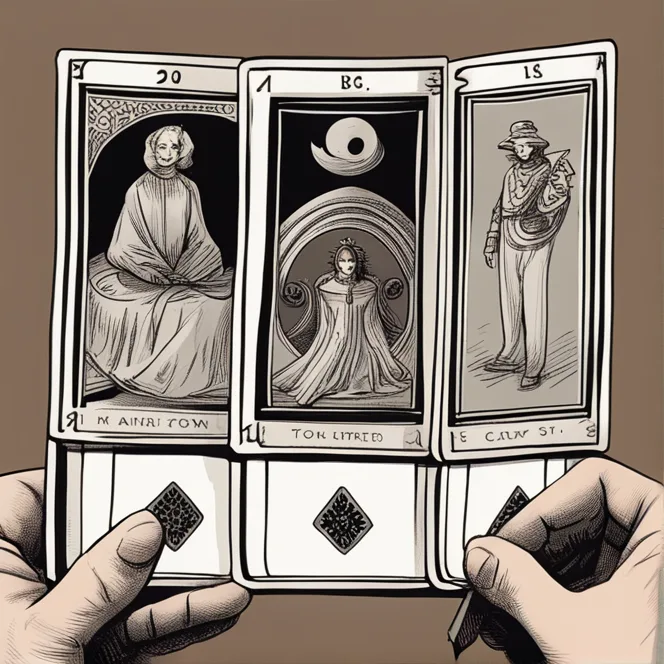
Introduction to Tarot
The tarot is a deck of cards often used for divination, insight, and personal growth. Unlike the common deck of playing cards, a tarot deck is composed of 78 cards, each filled with unique symbolism and meaning. While its origin is shrouded in mystery, tarot has been a source of guidance for centuries, offering a mirror to the subconscious and a window to possible futures. This guide will provide you with the foundations of tarot, encouraging a respectful and intuitive approach to your readings.

The Tarot Deck Structure
Understanding the tarot begins with its structure. The deck is divided into the Major Arcana, 22 cards that represent life's karmic and spiritual lessons, and the Minor Arcana, 56 cards reflecting the trials and tribulations of everyday life. The Minor Arcana further splits into four suits—Cups, Pentacles, Swords, and Wands—each connected to an element and aspect of human experience. For example, Cups correspond to emotions and relationships, making them essential in love readings.

Reading Tarot Cards
Reading tarot involves more than memorizing card meanings; it's a practice of intuition and connection. Start by focusing your mind and shuffling the deck while contemplating your question. Spreads, which are layouts of cards, can range from a single card to more complex arrangements. The Three-Card Spread, representing past, present, and future, is an excellent place to begin. Lay out the cards, and let their positions and relationships to one another guide your interpretation.

Developing Intuition
Tarot is as much about the cards as it is about your intuition. Beginners should spend time connecting with their deck, observing the images, symbols, and emotions that cards evoke. Trusting your inner voice is crucial; the cards are a tool to unlock your subconscious understanding. Practice regularly, and journaling your readings can help hone your intuition and recall card meanings, enhancing the personal resonance of your tarot sessions.

Navigating Challenges and Ethics
Like any form of divination, ethical considerations must underpin tarot reading. It's essential to approach the cards with a clear intention and respect for the querent's privacy and autonomy. When reading for others, focus on empowerment and potential rather than fatalism. Ethical tarot reading emphasizes growth and personal responsibility, avoiding predictions that strip away agency or foster dependency.
Advancing Your Practice
As you delve deeper into tarot, consider exploring various decks and expanding your knowledge through books and courses. Each deck has its energy and thematic focus, offering a unique lens through which to view the cards. You may also start incorporating astrological correlations and numerology into your practice for more nuanced readings. In 2024, for instance, the energies of Uranus in Taurus might influence financial stability readings, asking us to explore new realms of value and worth.
Embracing Community and Growth
Tarot is not just personal; it's also communal. Joining online forums, attending workshops, and forming study groups can enhance your knowledge and technique. Engaging with a community provides support, diverse perspectives, and shared experiences. Whether you're looking for spiritual growth, self-reflection, or predictive guidance, tarot offers a path—and a community—open to all seekers.
Published: 12/15/2023
Modified: 12/15/2023
More predictions
Come back here soon to learn more about yourself and your future


The Role Of Pentacles In Tarot Wisdom
Delve into the practical wisdom of the Pentacles in tarot, their earthy symbolism and their significance in readings.


The Tarot Pentacles Suite
Delve into the rich symbolism of the Tarot's Pentacles suit and its implications for wealth, prosperity, and life lessons.


The Distinct Worlds Of Tarot & Oracle Cards
Discover the differences between tarot and oracle cards in divination practices and how they can guide you in your spiritual journey.